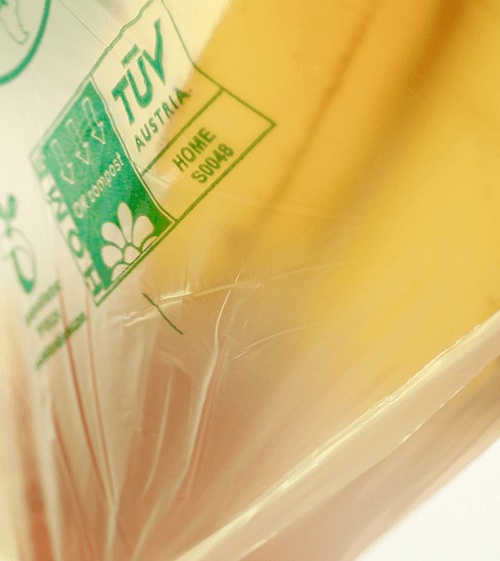Solution: OK biobased
Solution: OK biobased
TÜV AUSTRIA Certification Scheme: OK biobased
In which region do you need this solution?
- All regions
Renewable Resources
As active drivers for sustainable development, multiple companies are proactively searching for alternatives to fossil-based raw materials. Several manufacturers are making synthetic materials using as their base starch, cellulose, lactic acid, “bacterial fat”, etc. By so doing, these companies contribute in an innovative manner to resolving the economic and environmental problem of fossil fuels and greenhouse gases.
Because of the increased environmental awareness among customers, there is a growing market for products based on renewable raw materials. And this environmentally-conscious motivation on the part of customers is precisely the reason why there is a need for an independent, high-quality guarantee of the renewability of raw materials and products.
The “OK biobased” and NEN BIO-BASED CONTENT certifications meet that need perfectly.
In contrast to LCA (Life Cycle Assessment), the investigation method behind the OK biobased certification is very simple and the exact value can be precisely and scientifically measured and calculated. This renders checks and re-checks very transparent and also allows “apples to be compared with apples” with the greatest ease.
On a basis of the determined percentage of renewable raw materials (% Bio-based), your product can be certified as one-star-bio-based, two-star-bio-based, three-star-bio-based or four-star-bio-based.
NEN BIO-BASED CONTENT
This certification system is based on the European standard EN 16785-1, which enables an independent assessment of claims related to the bio-based content of products.
How much does an OK biobased certificate cost?
Depending on the type of product, the materials used and the previous OK biobased certification, the analyses may be more extensive or simpler. That is why we need to have a clear product description to be able to draw up a price quotation. If you would like to receive a price quotation, all you need to do is send us a completed application form.
How long does the OK biobased certification process take and what does it consist of?
The certification consists of the following two steps:
- Compiling the dossier and collecting all required information. The duration of this step depends on how quickly all the information can be supplied by the applicant.
- Analyses of the Biobased content and the TC (Total Carbon), evaluation of the test results and certification. This step takes four to six weeks.
Which products can be certified as ‘OK biobased’?
All products which are (partially) manufactured from bioplastics and/or materials of natural origin are suitable for the OK biobased certification scheme. Exception: fuels (there are specific standards for this)
What are the requirements to be met by an OK biobased product?
Each product must meet the following two requirements:
- the total carbon content of the product is at least 30%
- the carbon content of a renewable raw material (biobased) is at least 20 %.
You will find a detailed description of the requirements for each type of product in the OK Biobased test programme, which we will send you upon request.
Can an OK biobased certificate also be issued for basic materials and intermediary products?
Yes.
Can a part or component of a product also carry the OK biobased label?
No, a product may bear the OK biobased label only if the complete product is certified.
I wish to apply for an OK biobased certificate for my product: What do I actually need to do?
To start the OK biobased certification process for your product, you need to send us the following:
- A comprehensive product description based on a completed OK biobased application form.
- Samples of your product.
How is the percentage biobased measured?
Both fossil and renewable raw materials consist mainly of carbon (C). Carbon occurs in several forms, called isotopes. Isotope C14 is radioactive and occurs naturally in all living organisms (plants, animals …) in a fixed concentration of 1.2×10-12 %. At this concentration, the (radio) activity level of C14 is 100%.
Once an organism is no longer living, this concentration, and thus the activity rate, decays with a half-life of 5700 years. The C14-activity of an unknown substance can therefore determine how old the organism is (or rather how long it has been dead).
By determining the percentage of renewable materials (% Biobased) in an OK biobased product, we already know the age of the organic material.
- On the one side “young” carbon (0 to 10 years) derived from renewable raw materials (eg plants), with C14-activity of about 100%.
- On the other side “old” carbon (millions of years), derived from fossils with a C14 activity of about 0%.
We therefore don’t use the C14 method to determine the age of the product (which would in fact be impossible because it is a mixture of different materials), but rather to determine the concentration of young (or renewable) materials in comparison with the concentration of old (or fossil) resources.
Example: If a product has a C14-activity of 80%, it means that the product consists of 80% renewable and 20% fossil carbon (C).









